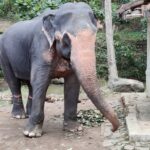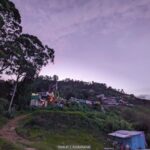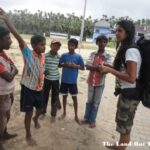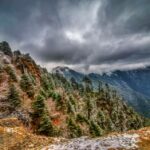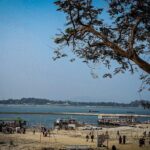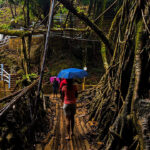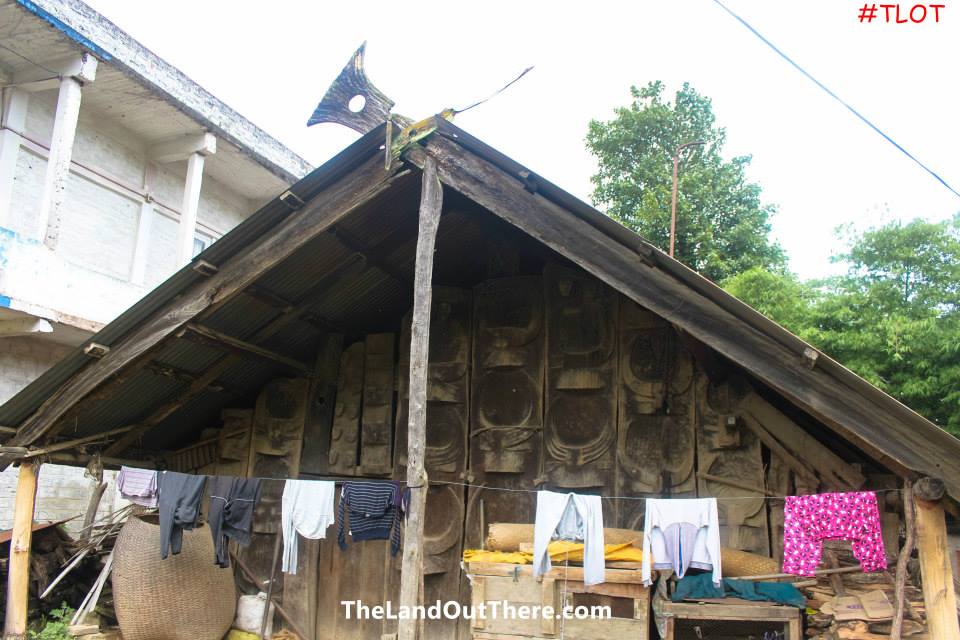
Mystic, yet marvelous: Nagaland, India
Hidden among the mountains of India’s northeast is the state of Nagaland which has always evoked a sense of mysticism and awe. This feeling has been intensified by the remoteness of Nagaland’s geographical location. The state of Nagaland is known as the preserver of man’s early animalistic culture, through its awe inspiring highlanders and ancient traditions.
Nagaland
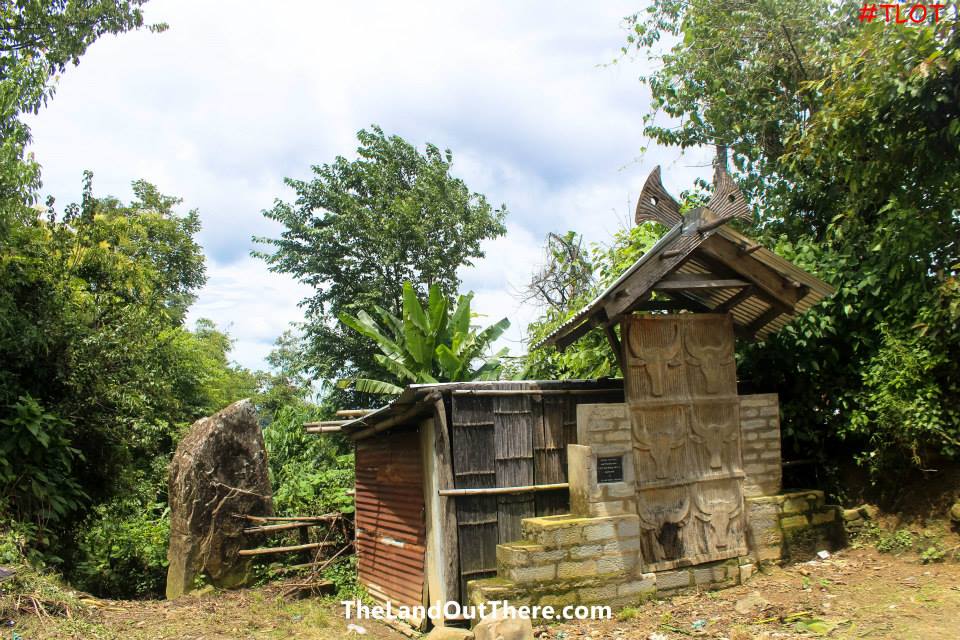
Historically, the people of Nagaland have always been brave and warriors who love their independence. Even the all powerful colonial British were never fully successful in annexing this region in their empire. The ancient and pre-modern Nagaland was in fact the ‘land of the Nagas’ that also included modern Myanmar. When India became independent in 1947, she gradually acquired a large part of this territory as part of her objective of securing her national borders. Thus, Nagaland formally became an Indian state as late as 1963.
The topography of Nagaland is hilly and the highest peak is Mt. Saramati at an altitude of 12,602 feet above sea level and is located in the district of Kiphire that borders Myanmar. Many rivers cut through the mountainous terrain, like sharp swords slicing through rocks. The main ones are Dhansiri, Doyang, Dikhu, Milak, Tizu and Zunki.
Nagaland is surrounded by Myanmar on the east and three other Indian states, namely Assam, Arunachal Pradesh and Manipur in the other directions. The total land area of Nagaland is about 16,527 sq km with a population of only about 1.9 million. The numbers might seem small as compared to the population of the vast Indian peninsula; but these people comprise 16 different Naga tribes, each representing a different culture and preserving unique customs.
These colorful Nagas span across 11 districts with Kohima being their capital and Dimapur the commercial hub with the state’s only airport and railway station. Shared jeeps and NST buses are the best way of getting around the state. There is also a helicopter service connecting each and every district in Nagaland.
The climate of Nagaland can be described as nothing less than perfect, with pleasant summers when the temperatures do not average above 31°C and winters when they don’t average below 4°C. The best months to visit Nagaland are from October to May, when the landscape wears a green carpet and the flowers light up the trees that point skywards.
The official language of Nagaland is English but not many people can speak or even understand the language. Most of the locals speak Nagamese along with their own tribal language. Nagaland has more language diversity than any other state in India. The Nagas speak over 36 different languages and dialects, mostly unintelligible with each other.

The 16 main tribes of Nagaland are Angami, Ao, Chakhesang, Chang, Dimasa Kachari, Khiamniungan, Konyak, Lotha, Phom, Pochury, Rengma, Sangtam, Sumi, Yimchunger, Kuki and Zeliang. The Konyaks, Angamis, Aos, Lothas, and Sumis are the largest Naga tribes; there are several smaller tribes as well.
Weaving is a traditional art handed down through generations in Nagaland. Each of the tribes have their own unique designs and colours, producing shawls, shoulder bags, decorative spears, table mats, wood carvings, and bamboo works. Among many tribes, the design of the shawl denotes the social status of the wearer.
Folk songs and dances are essential ingredients of the traditional Naga culture. The oral tradition is kept alive through the media of folk tales and songs. Naga folk songs are both romantic and historical, with songs narrating entire stories of famous ancestors and incidents.
Naga men used to be head hunters – an activity which would involve separating men from their women before, during and after coming back from an expedition. The women, as a cultural practice, would encourage men to undertake head hunting as a prerequisite to marriage. The men would go on an expedition against other tribes or neighboring kingdoms, and kill to score a number of heads to prove that they were able to hunt. A successful head hunter would be conferred a right to ornaments. The practice of head hunting was banned in 19th century India, and is no longer practiced among the Nagas.
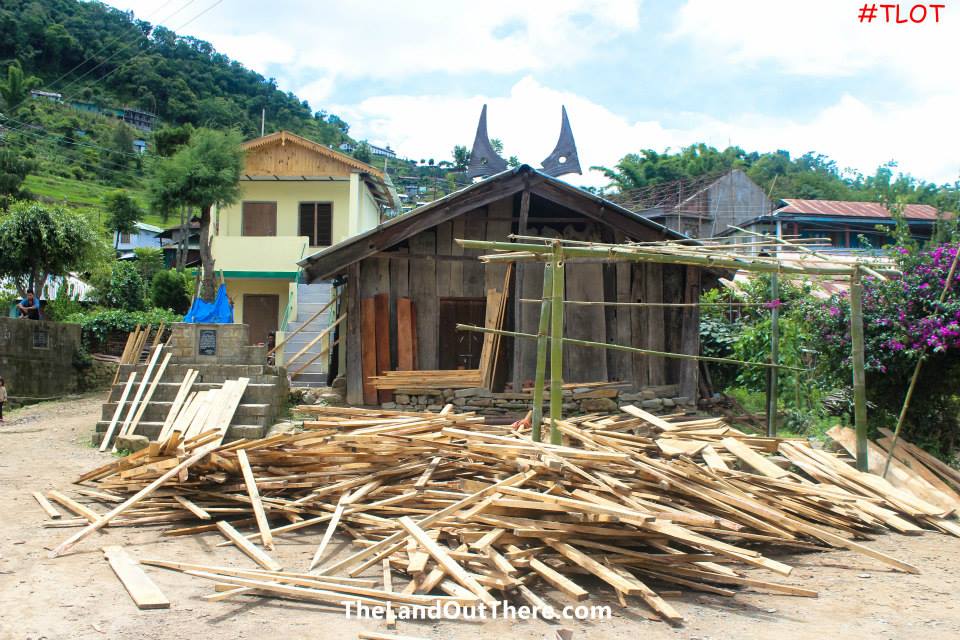
Nagaland is a state where the people are still very rooted in their rich tribal culture and heritage. The Nagas are very warm and friendly people and everything negative that you hear about them is absolutely untrue. The state is nothing but peaceful, calm and extremely safe to travel around.
For a similar experience, >>Click here

